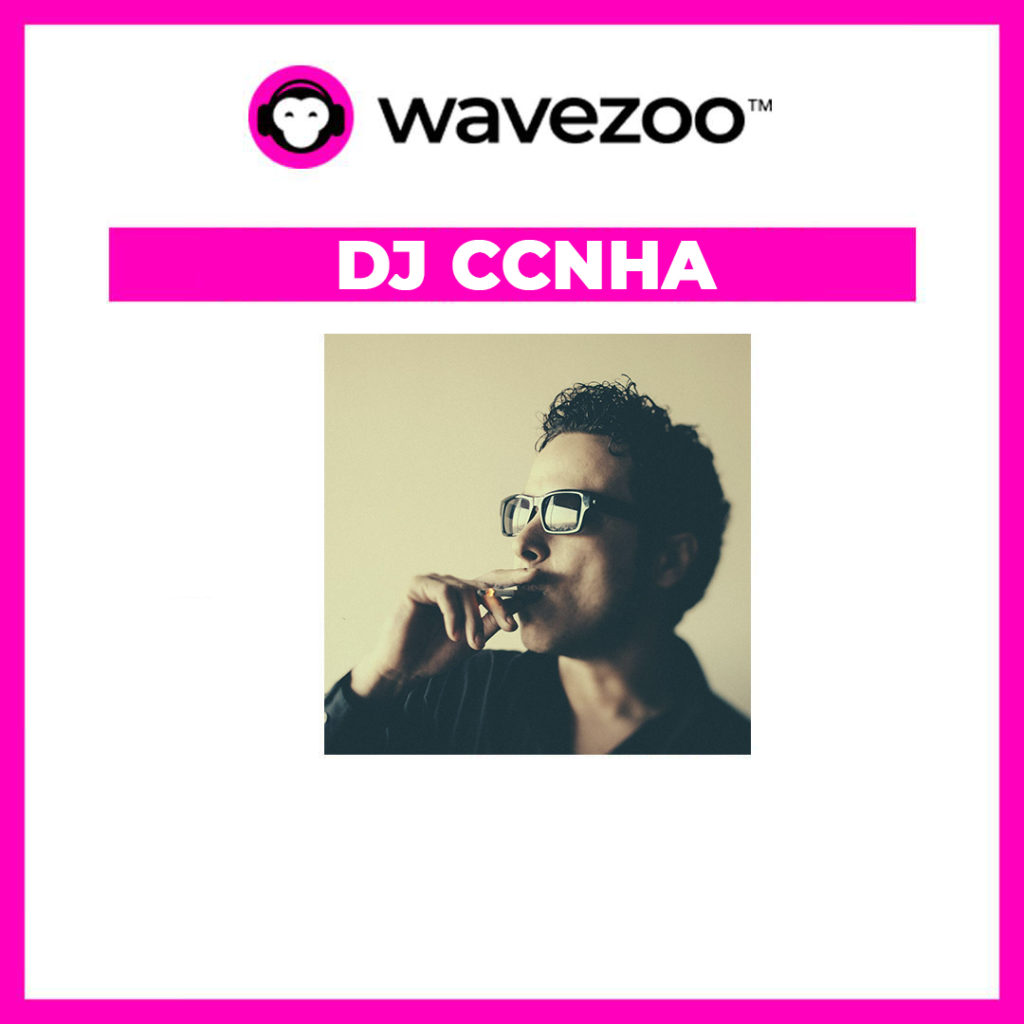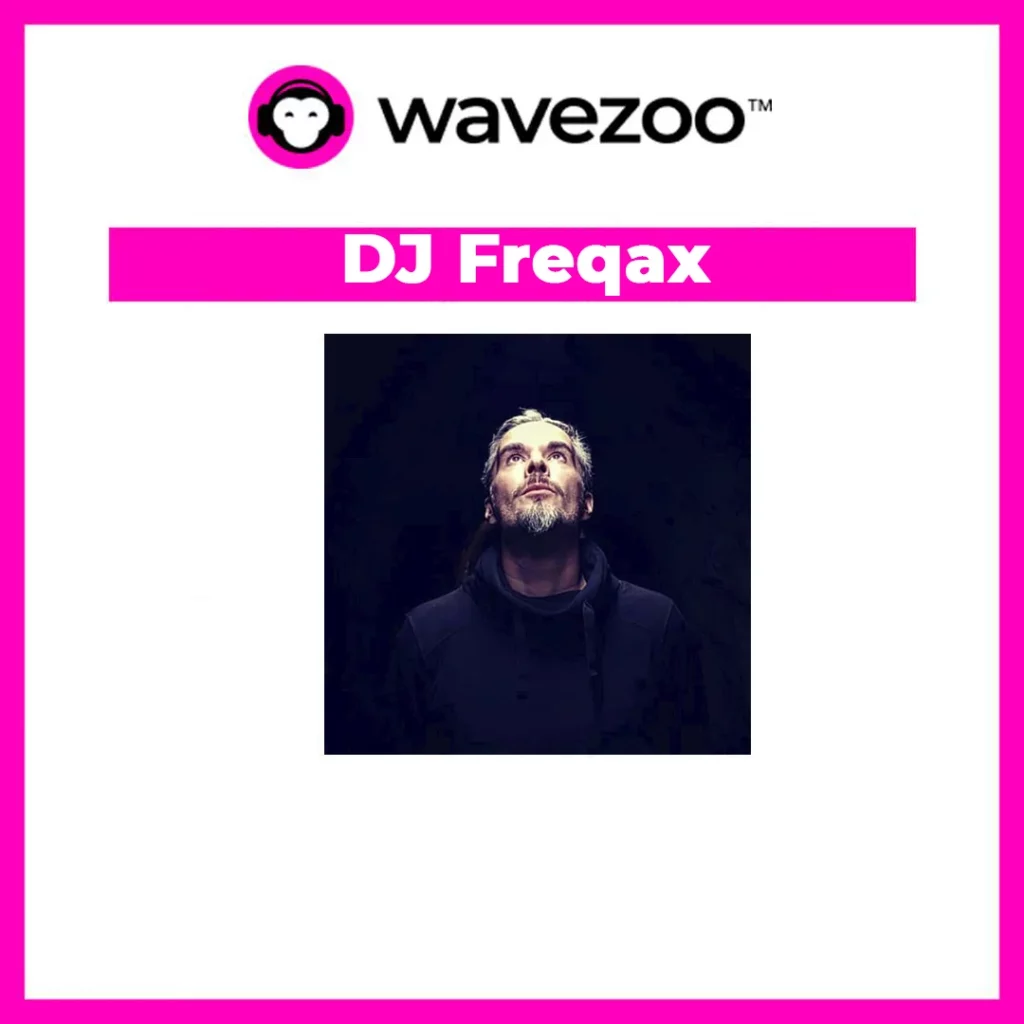
From dubstep to deep house, electronic music is a broad category of modern music that includes a wide variety of styles. While most people think of electronic music as a product of the 21st century, the reality is that electronic music has been around for nearly 50 years.
From the famous Moog synthesisers of progressive rock, to the anthems of Kraftwerk and Giorgio Moroder, we want to introduce you to the origin of the alternative genre, how it has evolved into current genres and share with you some of the best alternative DJs of Wavezoo.
What is alternative music?
More and more music fans are becoming interested in so-called alternative music. But what is it exactly?
Broadly speaking, we could say that it is any type of music that opposes the models that are generally accepted by the general public. But that would be a half-assed definition.
Let’s get into its origins.
The Origins of Alternative music (the 60s and 70s)
What we know today as electronic alternative music, is a genre evolution that includes a wide variety of styles. While most people think of electronic music as a product of the 21st century, the reality is that electronic music has been around for almost 50 years.
The first electronic tunes were made in the early 60s, emerging from academic music, with authors such as Ron Grainer and Delia Derbyshire (who made the theme song for the original television series Doctor Who).
At that time, the use of the synthesiser started to become popular.
With the Moog it was possible to create an almost infinite number of electronic sounds. These sounds could imitate the sounds of conventional instruments or generate completely new ones.
Bands like Kraftwerk, an iconic West German band, introduced the electronic sound to a wider audience.
Although electronic music grew in popularity throughout the 1970s, most electronic tracks still used the structure of pop or rock and roll. Perhaps the most notable example of 1970s electronic music is the theme to the movie Midnight Express, recorded by Giorgio Moroder.
The track, known as Chase, became one of the first electronic tracks to reach #33 on the Billboard Hot 100.
It wasn’t until the 1980s that from the synthesiser, dance and other genres emerged.
The era of synthesis: the 80s
The 70s marked the beginning of modern dance music, and the 80s marked its commercial breakthrough.
When thinking about synthesiser music, you probably picture the 80s. The era of glitz, glamour and excess was a great time for electronic music, with new styles like synthpop and house, as well as new technologies like MIDI emerging.
Many of today’s most popular electronic music styles, such as house and trance, are the product of the synthesised music of the 1980s.
Towards the end of the 1980s, bands such as Orbital created the basis for dance music genres such as trance and techno. The growing popularity of home computers such as the Atari ST introduced MIDI technology to a wide audience of producers.
Also, during those years different genres of electronic music emerged: from hard house and techno to ambient and experimental music.
But it was not until the 90s that electronic music grew into the massive genre it is today. The early 90s witnessed the emergence of such well-known electronic music genres as trance and drum and bass.
The EDM era: from the 2000s to the present day
Since the 2000s, electronic dance music (EDM) has grown from a popular genre to an influential part of all mainstream music. Today, top DJs such as Tiësto and David Guetta have worked with renowned artists and have reached the top of the most important album and singles charts.
This decade saw the emergence of different virtual studio platforms built on DJ software, including products such as Traktor and Ableton Live, which are becoming increasingly popular for creating electronic music pieces and also for live mixing.
But if we say EDM is the “mainstream” movement, where does that leave “alternative music”?
It is difficult to frame a genre as broad as “alternative”, since there are numerous artists who have managed to create their own electronic style by mixing different electronic genres.
Today, electronic music is established around the world, with millions of followers who enjoy the sounds created by artists using machines and computers.
Subscribe to our newsletter 🎧
Top Alternative DJs in Wavezoo
DJ Mag, in collaboration with Beatport, has been releasing lists of Alternative Top 100 DJs for a few years now. Unlike the best DJ lists, which are still dominated by famous EDM and trance artists, the alternative genre is packed by DJs from different styles of techno and house.
We thought it would be a great idea to share with you some of the best DJs on our platform that would fit into the alternative electronic music genre.
CJRY
From playing piano in music school to electronic dance music after his first Arcadia Spectacular festival. DJ CJRY makes powerful and dynamic big room music with undeniably catchy melodies. Check him out.

JoChemistry
From smooth deep house to a banging techno climax at the end of his set, JoChemistry has built up a passion for house music over many years. Get on this fun and entertaining journey!

DJ CCNHA
DJ Cecena (CCNHA) is an international DJ/producer form Culiacan, Mexico, well known for ability to get crowds jumpig, his smooths transitions, excellent taste and mixing technique has made dance crowds up to 11000 and more.
He has played in different countries for different crowds and events, sharing stage with big names, like Inna, Calle 13, The Magician, FM Attack, Bufi, Chas Brons, Chico Sonido, La Royale, Andre VII, Los Amigos Invisibles among many others.

Freqax
One of the most known artists on our list. What started as a duo alongside Adrenalina, is now Adrian Andrei the face behind Freqax, a sonic creator enriched with a wide array of inspirations that have emerged in transcendently heavy forms through his many productions. Definitely, one of the best dnb and alternative music artists on our platform. He always delivers.

